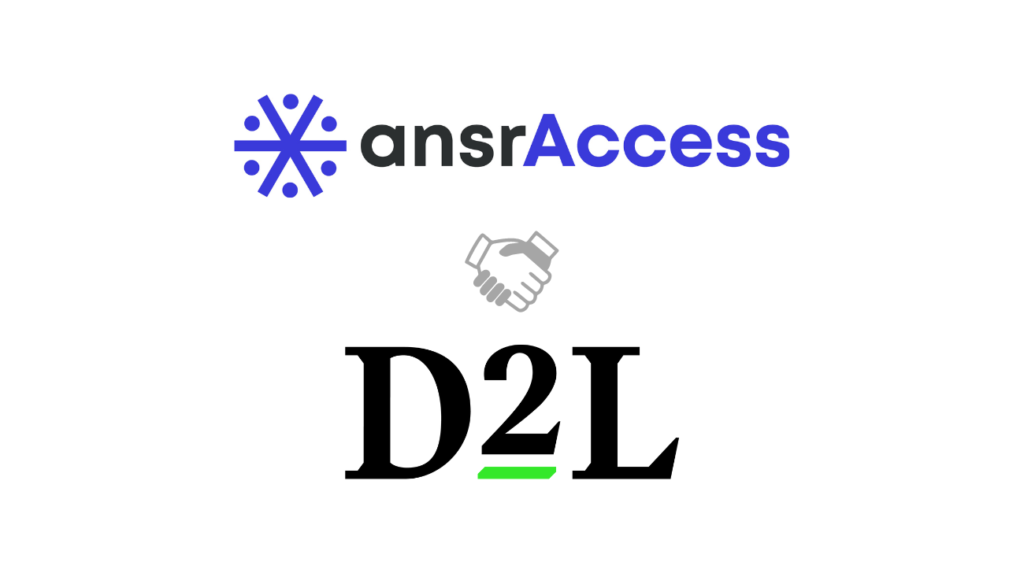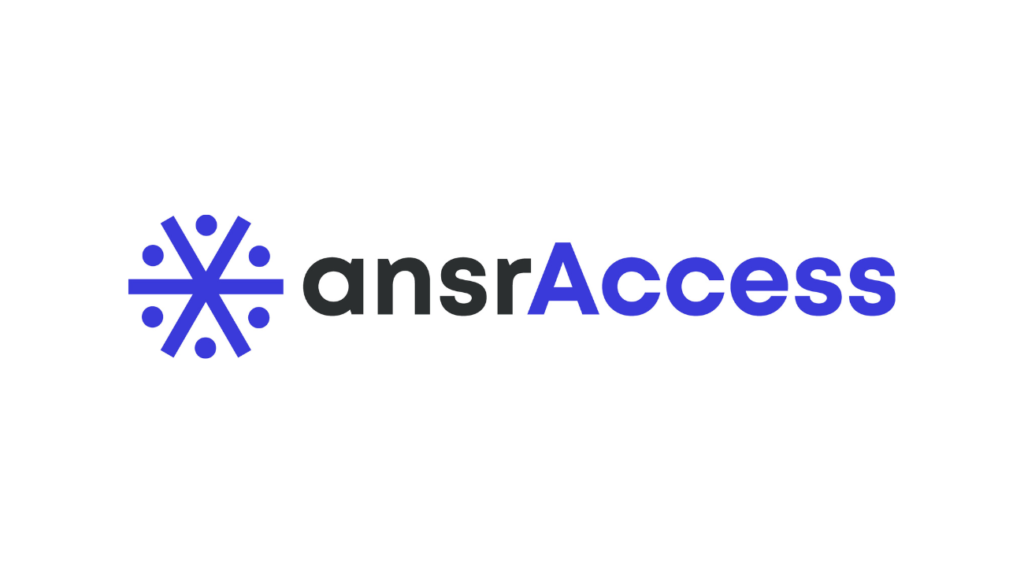Part 2 – Challenges and Mitigation
In Part 1 of this series, we walked you through different online learning platform options for your course content. For the client we introduced in Part 1, we decided the best option was to build a customized website. The next step involved moving their learning assets to this new online learning solution. It would have been nice if we could have moved the learning assets as they were to the new platform with no issues. Unfortunately, the reality was quite different. If something can go wrong during migration, it probably will. It’s best to prepare in advance for possible challenges.
In this post, we will walk through the challenges you may face migrating course content to an e-learning platform and give you solutions to mitigate these challenges.

What Challenges Will You Face When Migrating Your Learning Assets?
During migration, you’re bound to come across various challenges that fall into one of the following three categories.

Challenges while moving the course content to an online platform
Personnel: Who Should Migrate Your Online Learning Content?
If the team that is tasked with migrating your content has little to no experience in migration, you might be in for some surprises. With an inexperienced team, you run the risk of creating an ineffective and incomplete solution while overshooting timelines. Below are three options to mitigate this risk.
-
Option 1: Involve a Designated Team in the Decision-Making Process
Early in the process, create a team that is responsible for the migration. Involve this team in the decision-making process when you choose a platform. Some or all the team members may need training to navigate the new LMS and migrate content to the new system.
-
Option 2: Hire a Learning Consultant
Onboard at least one online learning expert who is familiar with learning management systems. If you do not have in-house expertise and the migration is likely to be a one-time event, you should consider hiring a consultant for the short term. If migration is not a one-time activity, you might want to consider recruiting a full-time specialist. A learning consultant uses prior experience to advise on cost-saving methods and foresee challenges to prevent hiccups.
-
Option 3: Contract an External Learning Development Partner
If you have a large volume of content that needs to be cleaned up or significantly modified before migration, you might be better served by contracting an experienced vendor, like our client did with us. Such companies have specialized teams that provide:
- End-to-end migration solutions with project management
- Capacity planning to scale up or scale down based on content volume
- Expertise in programming, instructional design, graphic design, and copyediting
There are pros and cons to each of these options. Having your own team take care of the migration builds in-house expertise, but it might leave you vulnerable to unforeseen risks. Hiring a learning consultant will mitigate some of these risks, but the consultant can handle a limited volume of work. Having an external team handle the entire migration process delivers several advantages and reduces risks but can be the most expensive option in the short term.
A fourth option is to combine several of the above tactics to meet your goals, such as building an in-house team and hiring a learning consultant.
Technology: What Problems are Likely and How Can You Get Around Them?
Technological challenges might include a host of issues. We’ll step through the most common technological considerations and describe ways to deal with the challenges that might arise.
1. SCORM and xAPI
SCORM and xAPI (Experience API) are e-learning standards that prescribe ways to construct online learning content. When content is built to conform to these standards, that content can be easily migrated across all compliant LMSs. SCORM, short for Shareable Content Object Reference Model, refers to pre-existing standards and prescribes a correct set of procedures to implement these standards. xAPI (Experience API), released in 2013, is a natural progression from SCORM.
xAPI builds on the various advantages offered by SCORM but is significantly different. Among other differences, one of xAPI’s advantages over SCORM is that xAPI can be used to track the progress of learners across systems and online and offline activities. However, SCORM is by far the most widely used standard. cmi5 is an extension of the xAPI specification, and xAPI compliant modules can be made cmi5 compliant easily. AICC, the predecessor to SCORM, is a legacy standard that is declining in usage.

SCORM vs xAPI Implementation
If you’re migrating older assets to an e-learning solution, you should make your content compliant to these standards. If you’re building a custom solution, the Rustici Driver (previously known as the SCORM driver) can help you, with the assistance of a developer, to make your learning assets SCORM or xAPI-compliant.
Most modern LMSs come with SCORM compliance built in; you can check out this comprehensive list of platforms to identify a suitable online learning platform (or revisit Part 1 of this series, where we discuss SCORM and xAPI compliant platforms). For additional resources, visit the Advanced Distributed Learning Initiative website, which also contains a list of xAPI adopters.
2. Accessibility
The Americans with Disabilities Act (ADA) in the United States requires e-learning content to be accessible. Web accessibility, the section that pertains to e-learning content, is aimed at addressing the following needs: visual, motor/mobility, auditory, seizures, cognitive, and intellectual.
A key factor in your content decisions will be the accessibility component of your online learning course. The primary source of reference for these decisions is the Web Content Accessibility Guidelines (WCAG) 2.0 provided by the World Wide Web Consortium. Your development team can refer to online resources to ensure that your end-product is accessible. Accessibility considerations that will impact migration may include the following:
- Creating ALT text for images
- Transcribing audio and video to provide subtitles
- Converting flash-based content to HTML5
- Using the right colors and contrast
- Enabling keyboard functionality for all content
For more information, read about writing accessible content, ansrsource’s commitment to equity, and creation of accessible books using EPUB3 and DAISY.
3. Mobile Support
An often-overlooked aspect of e-learning development is the mobile-friendliness of the proposed solution. If a significant percentage of your learners will be using their mobile devices to engage with your content, you should make sure your course is responsive. Responsiveness ensures that your course content will display well on multiple screen sizes, from a large desktop monitor to a small smartphone screen. If you decide to build a mobile-friendly experience, here are some considerations:
- xAPI vs. SCORM: xAPI is better suited to mobile devices
- Responsive vs. Scalable: Responsive design is better but more expensive
- LMS compatibility with the mobile devices of your target audience
4. Scalability
Once you’ve loaded your content onto the new system, you should test the online course with a pilot batch of users and fix any glitches. Once you’ve fixed these any glitches, be sure to test for user load. As the number of learners using your system shoots up from 100 to 1000 or 1000 to 5000, your online course should be able to handle the surge in users without hampering or obstructing user experience.
Test the scalability of your learning management system. If you have a hosted solution, use a performance testing tool to test your website for the maximum number of users. On a hosted solution, as the number of actual users reaches the number of maximum users, you will notice a dip in performance. If the number of actual users exceeds the maximum number of users that the system is designed to handle, the LMS will crash.
Cloud-based LMSs offer an advantage in this aspect of being highly scalable and available. When you notice that the number of users is reaching the maximum limit, you can configure additional hardware resources such as RAM (memory), hard disk space, processors, and bandwidth with the click of a button. Some LMSs can automatically scale hardware resources based on the user load.
5. User Account Setup
After creating a stellar course and sending out an invite link to your learners, you may receive complaints that they’re not able to access the course. The solution to this is simple: ensure that every user has the correct access to the correct courses. You likely have various users in your organization: learners, content creators, moderators, administrators, instructors, etc. It is important that each of these user groups receives the right access levels in the new learning solution.
Some common pitfalls to avoid:
- Incorrect access levels
- Missing or blocked user accounts
- Inactive user accounts
- Incorrect login information shared
- Incorrect URL shared for account activation
- Active directory sync issues
Before you launch your course, test all functionalities thoroughly, including scoring, course progression, behavior, accessibility, standards compliance, user access, and user loads. The testing plan should include testing from different systems (mobile, desktop, VPN, internet, intranet) and user accounts to ensure that you do not face any technological hiccups on launch day.
Content Format: Repurposing and Reimagining
If you have digital learning content residing outside an LMS or online course, it most likely exists in these types of formats: documents (PDF, Word), slides and decks (PPT), videos, etc. Not all of these content pieces will translate well to an online learning environment. You will need to assess your existing assets and potentially repurpose or modify some of them. Here’s a step-by-step method to accomplish this.

Steps to repurpose the existing learning assets before migration
Step 1: Map the Learning Assets
Once you’ve identified the course or learning module that you want to rebuild in an LMS, create a map of all the assets related to that course.
Step 2: Create a Course Outline
The course outline will be determined by what you are trying to achieve through this course. It is important to understand the course goals and learning objectives as you create a course outline. This makes selecting the learning assets easier.
Step 3: Select the Learning Assets
Not all existing learning assets will translate well to an online environment. Some of these assets may be redundant, outdated, or in incompatible formats. Refine your list and include only those assets that you will move to the online learning system (with or without modifications).
Step 4: Modify and Update the Learning Assets
Here are some common assets that you might have and some ways to repurpose these assets.
Repurposing Slides
Presentation slides often are very large files, have compatibility issues with mobile devices, and lack SCORM or xAPI compliance. However, slides can be used on your learning management system in multiple ways after a bit of repurposing. You can convert the presentation slides to:
- SCORM packages using an LMS authoring tool such as Articulate Storyline 360
- Videos with closed captions by using a screen recording tool such as Camtasia
- Video or HTML5 using built-in options in PowerPoint or a tool like iSpring Converter
Handling Text Content
Text-heavy content is not suited to online learning, but you can repurpose your content in a few ways:
- Host or upload the documents to a cloud-based service and provide links in your course
- Convert some of the text-heavy documents into long-form articles for your website
- Create videos using the content from documents as a script
- Develop other assets such as infographics and assessments
Utilizing Video Content
If your existing assets include video content, review the content to ensure that it’s not outdated. If you’ve chosen a cloud-based LMS provider, you can upload your video content to the LMS. Streaming content within your LMS can be expensive and may slow down your online course. You can instead use streaming services such as Vimeo or YouTube and embed these videos in your course on the LMS solution.
What’s Next?
After completing these steps, you’re all set to migrate your course assets. The technical procedure to load these assets will vary based on the platform that you choose. Are you wondering how we handled this for our client?
Our client chose a hybrid approach in terms of the personnel involved in the migration because they wanted to be closely involved in shaping the content yet not get involved in the nitty gritty technicalities. Our project team consisted of in-house instructional designers, graphic designers, programmers, and subject matter experts working along with the client’s instructors.
One of our major technological hiccups arrived in the form of a last-minute request to include a paywall for some premium assets. This involved making tweaks to the website to include a paywall and display content based on user subscription. We also modified and repurposed our client’s assets extensively. One of the pieces involved recreating an older flash-based interactive in HTML5 to make it accessible and platform-independent. We built the website in parallel with the content and used placeholders for these assets on the website. Once the website and learning assets were ready, we uploaded the assets to the website. It was then time to send an invite to the learners.
So far, you’ve learned how to choose the right platform and deal with migration-related challenges. In our next post, we’ll show you how to onboard learners and ensure a smooth transition from your existing system to your new learning management system or online course.



